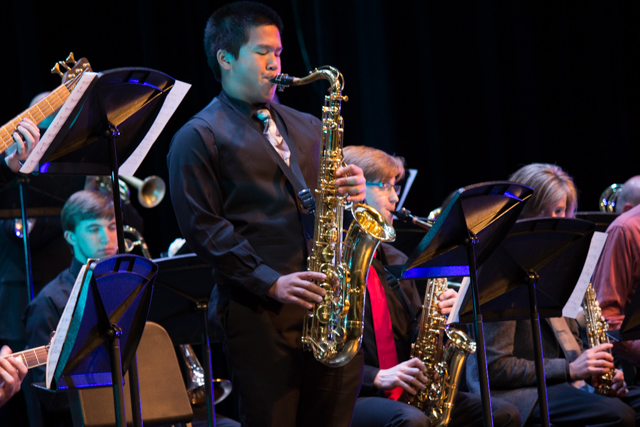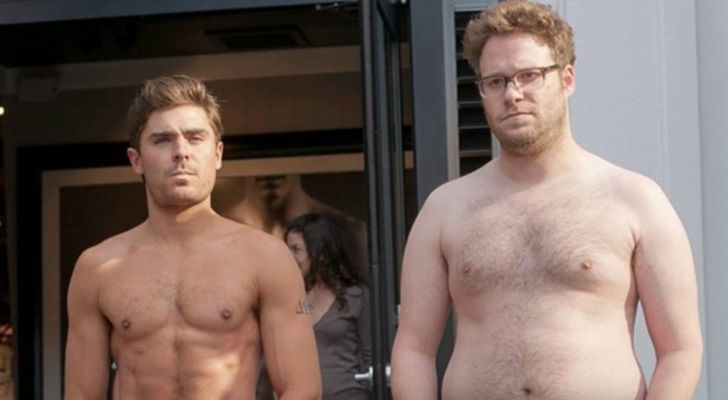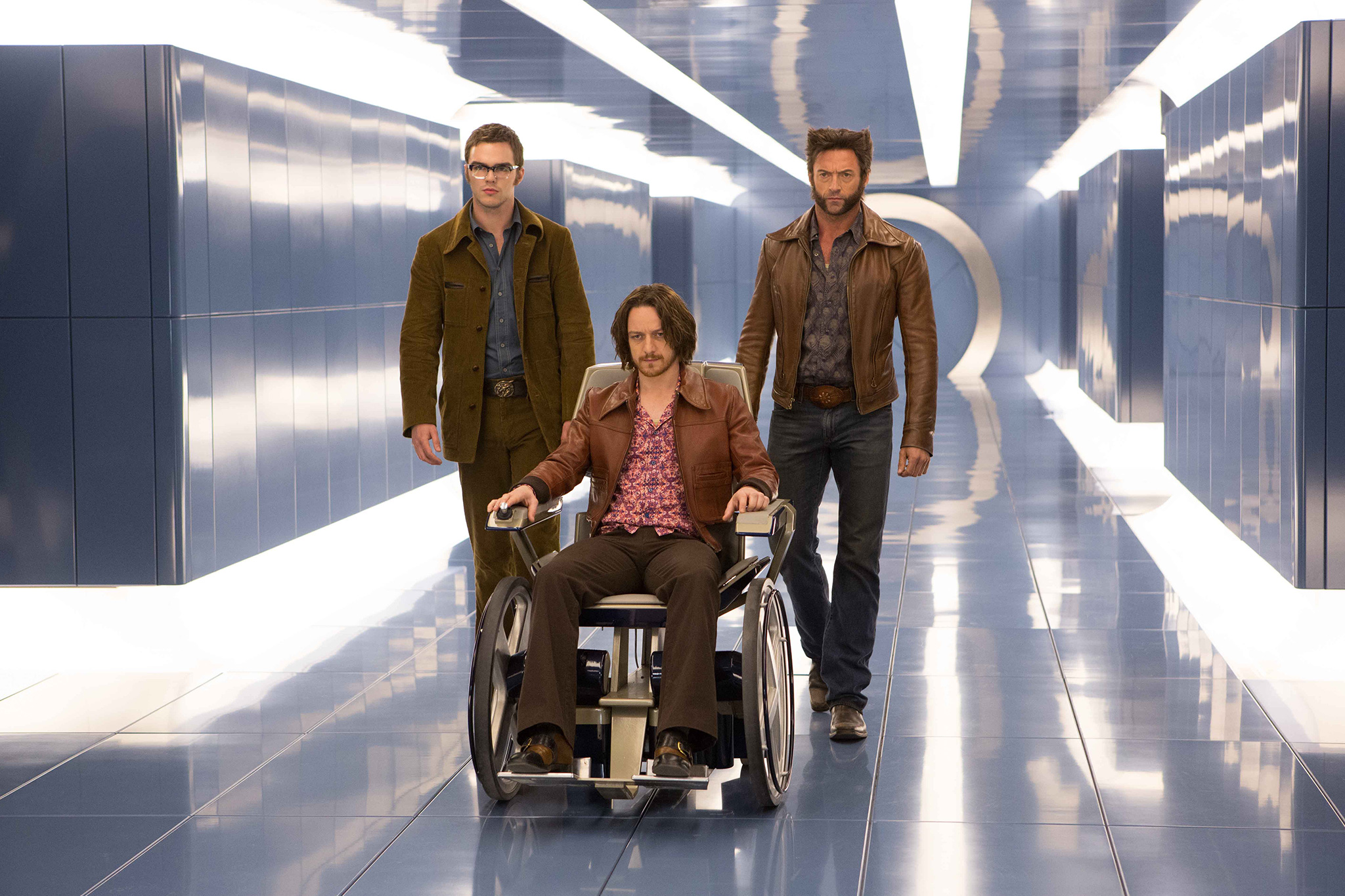Emily Forschen
A prayer is spoken as the lights are still down, as the show begins. The unnamed narrator of “The Drowsy Chaperone” explains to the audience what he prays as he enters a theater.
He asks, begs, even implores God to not let the actors break the fourth wall. He pleads, asking that the actors keep the audience out of the show.
Ironically, when the lights come up, the narrator (credited as “Man in Chair,” played by Kyle Burgess) immediately addresses the audience, breaking the fourth wall before the audience has even had time to build it.
The show opened on Mar. 8, 2019 and ended its opening weekend on Mar. 10, 2019. Directed by Ken Ross and produced by Titian Lish, “The Drowsy Chaperone” is a delightful, expertly satirical show staffed by a brilliant cast and a nimble crew. The show runs cohesively, but still faces a few setbacks.
Ultimately, “The Drowsy Chaperone” performs what it preaches. It takes audiences through the whimsical worlds of classic musicals, teasing old clichés through outlandish characters and commentary from Burgess’ narrating character. It is as close to a perfect satire as can be achieved, with the caricatured settings and plot wittily accented by the quick dialogue and play-within-a-play structure. The sets are complex, with multiple set pieces being flown in on the rig, a seamless way to transform a stage if a crew is able enough. Luckily for LPC, this one is.

Directed by Ken Ross and produced by Titian Lish, the show is overall a charming experience that suffers from only one major setback– it perfectly plays out for a very particular audience. For the frequent viewer of a Broadway show, it plays as a 90 minute wink and a nudge to the tropes that shows often fall into. For the more reluctant theatergoer, it might play like more of an extended feeling of sitting right outside of the joke.
The show opens with Man in Chair who is feeling what he describes as “blue,” the setup as he dives into the escape he gets from a good live show. He represents a modern audience, remaining on stage throughout the entirety of the show, responding and quipping the way that a listener would. He begins to play the record of his favorite show, called “The Drowsy Chaperone.” In the show’s universe, the musical was released in the 1920s and features an ensemble cast. The story begins with a successful actress named Janet (Riley Hyde) on the day of her wedding to a man she very recently met, named Robert, played by Taylor Hendricks. However, Janet’s producer, Feldzieg (played by Kody Forbes), doesn’t want her to give up her career, so he conspires to cancel the wedding.
As you could infer, chaos ensues. Organized chaos.

The ensemble cast structure enables each cast member to truly shine, and each one seizes the opportunity. Mathew Glynn is a standout actor as Adolpho, a dim-witted European seducer whose place in the show seems so absurd, it’s perfect. The facial expressions and ridiculous, overdramatic movement elicited bursts of laughter and applause from the audience mid-scene. Veronica La is another breakout with her debut principal role as Kitty, the up-and-coming actress desperate for Feldzieg to cast her as a replacement lead. La’s fearless performance makes a barely likeable character on paper into a lovable, sympathetic one with her boundless energy.
The show suffered from a few technical errors. At one point, a spotlight failed to follow an actor for nearly two seconds after the actor had walked away. On multiple occasions, the microphones cut out or had delayed entry, which were the only issues that took the audience out of the show. However, the errors did serve to underscore how incredibly complex the entries and exits of the dialogue was.
“The Drowsy Chaperone” is a clever satire with many laugh-out-loud moments that many will read as a tip of the hat to classic theater and its shortcomings. With an outstanding show of vocals and swiftly moving sets, this show will certainly be one you don’t want to miss.




